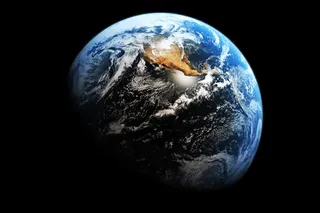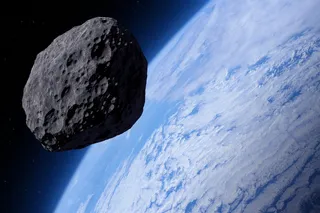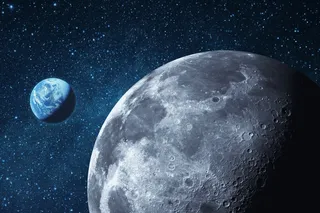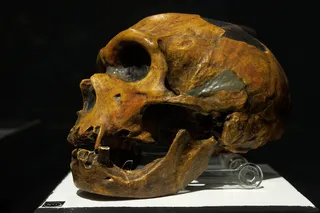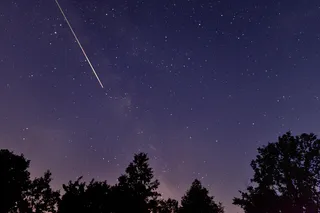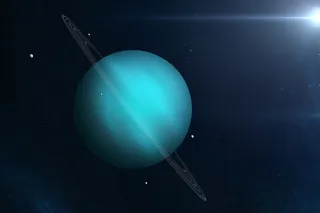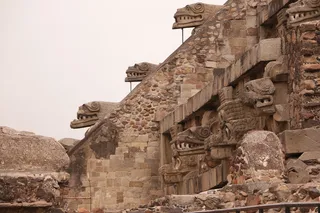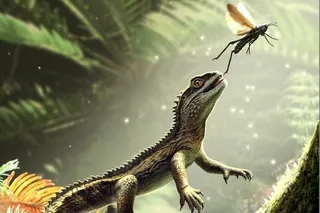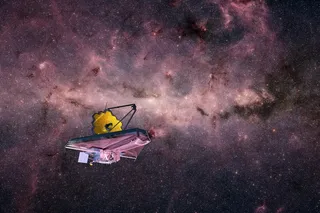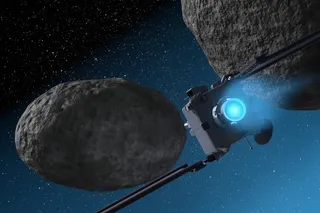I have spent more hours than I want to admit scrolling through #CuteOff on Twitter. The hashtag (following on the heels of the much more R-rated #JunkOff) is a competition of sorts between tweeps to see who can post the cutest animal photo. But as I was sitting on the couch the other day, showing pic after pic to fellow biologist and science writer (and my boyfriend) Jake Buehler, we started to notice that vertebrates — animals, like us, with backbones — were highly overrepresented. Invertebrate species make up more than 95% of the diversity of animal life on this planet, including all of the major groups of animals (called phyla), yet there were choice few to be found in #CuteOff. The discussion went a little something like this...
J: It's just not fair! C: Well, I don't know... most inverts are pretty... gross-looking. J: You're gross looking — to ...


